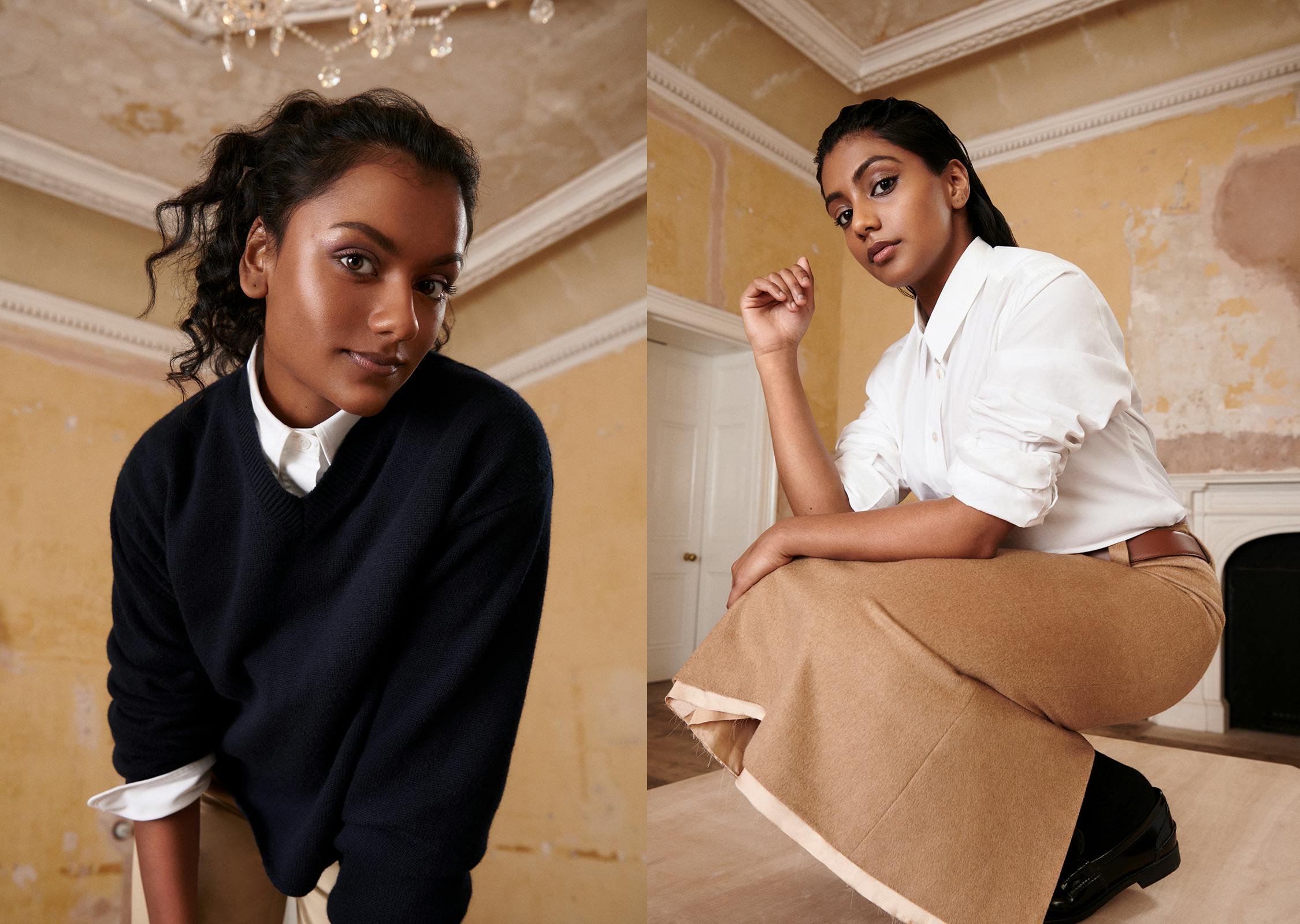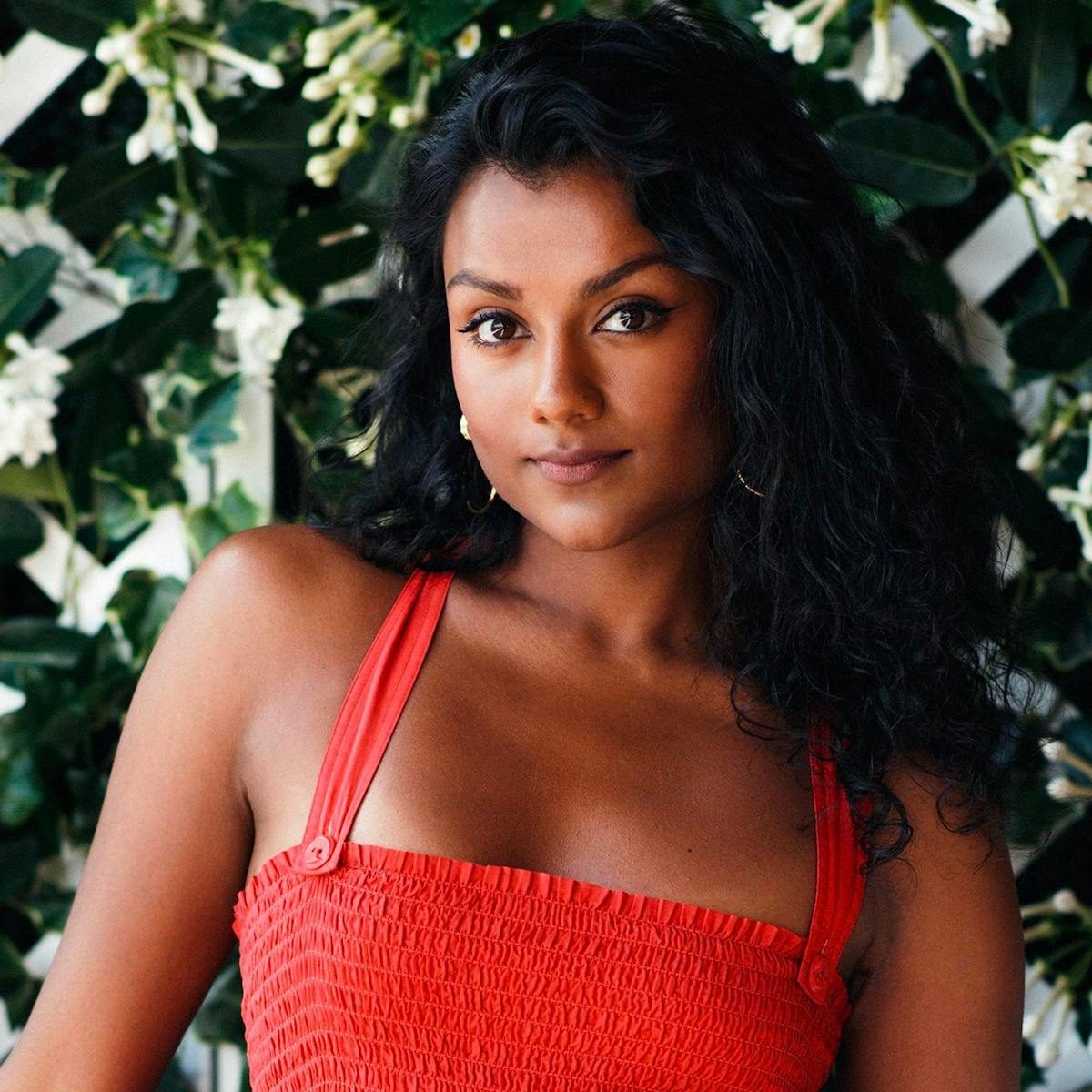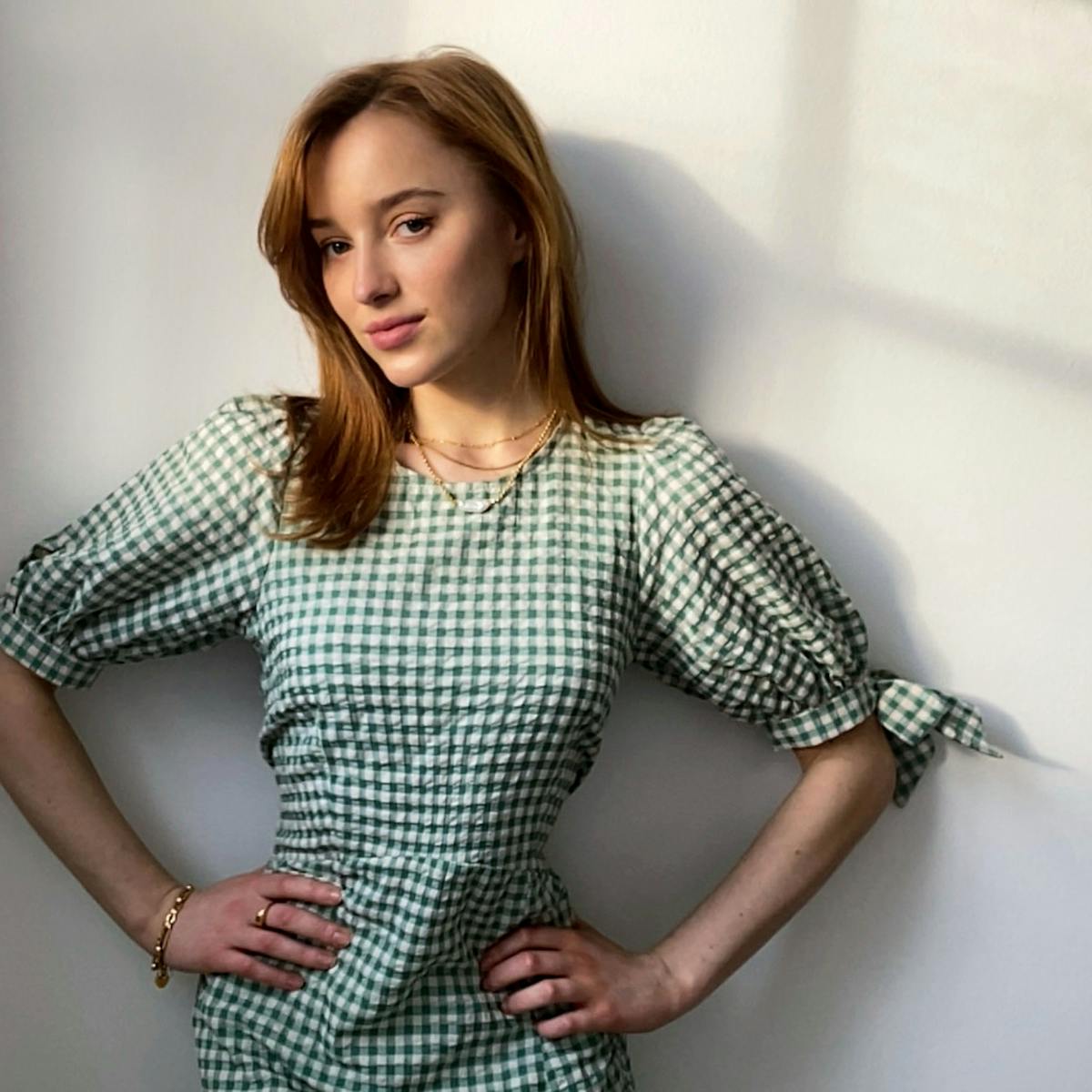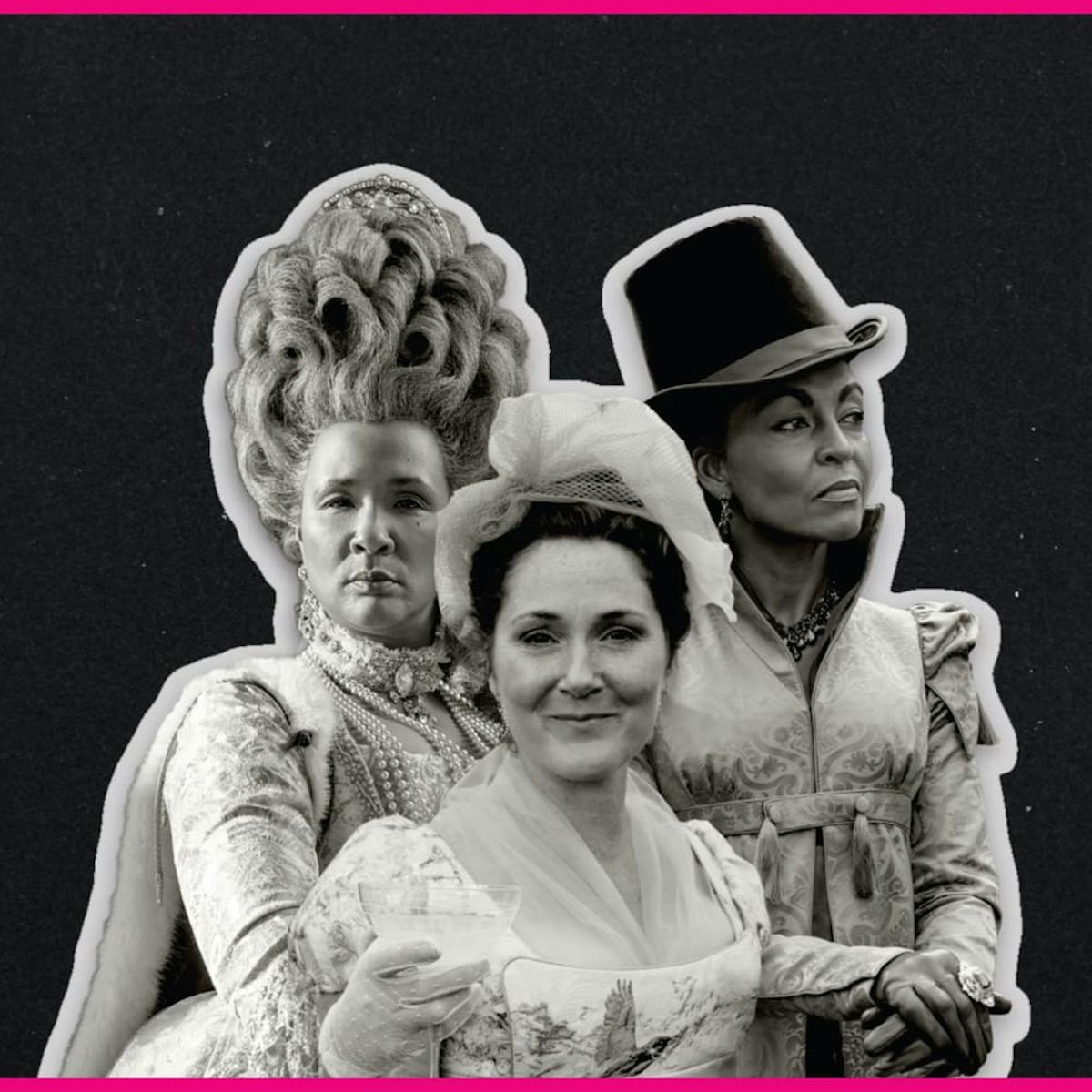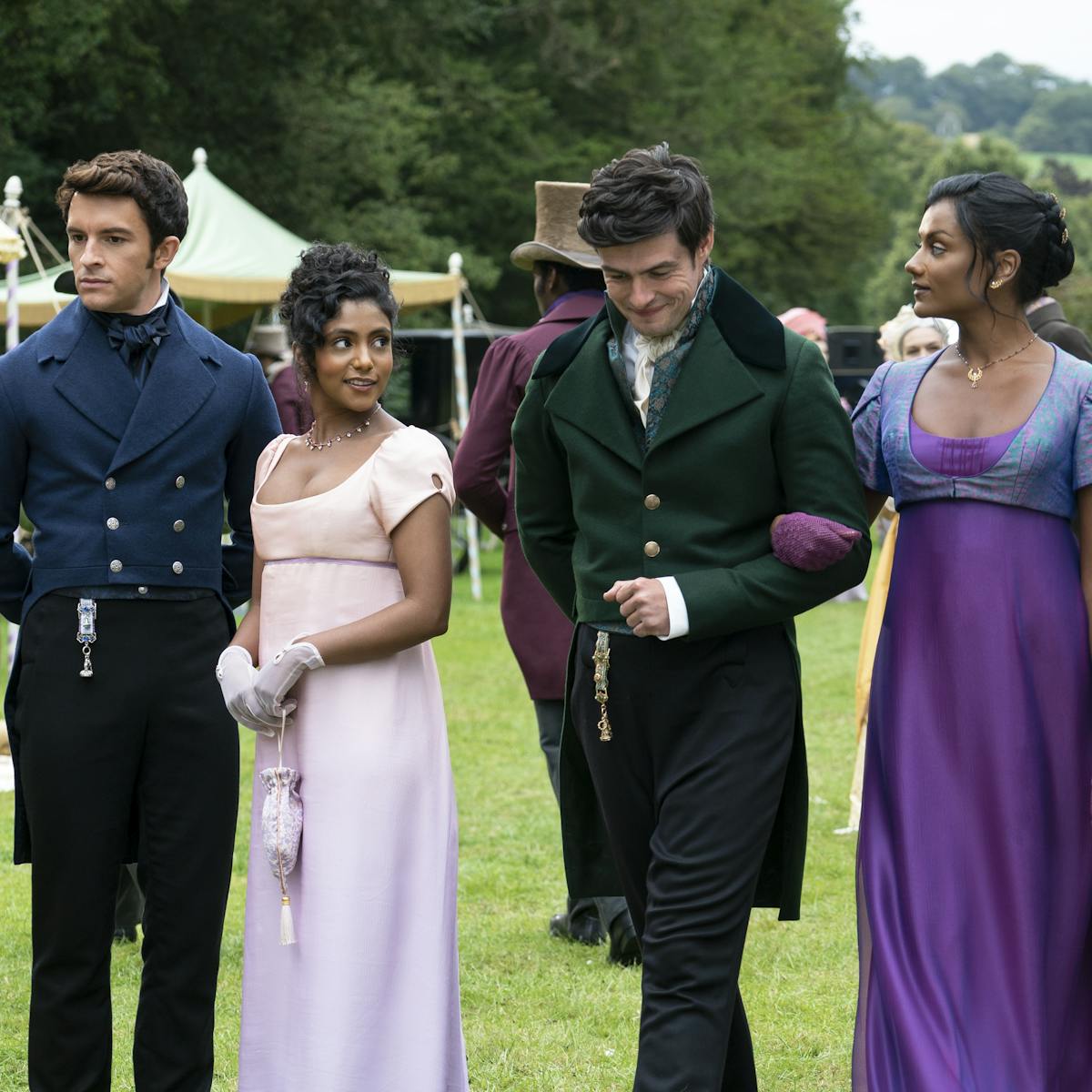Simone Ashley and Charithra Chandran shake things up in the second season of Bridgerton.
It was a gray day in the English countryside, in Hertfordshire, when Simone Ashley found herself with a mouth full of mud. Dressed in ankle-length lavender silk and dainty, rose-colored slippers, the actress trudged into a bog to retrieve an errant ball during a game of Pall Mall. In the second season of Bridgerton, her character, Kate Sharma, is a good sport.
A lesser woman would pick the ball out of the puddle, pretending she had played the shot. But Kate knocks it with her mallet, determined not to cheat. Kate is the latest heroine of the beloved and much-binged drama series based on Julia Quinn’s bestselling historical romance novels. Created by Chris Van Dusen and produced by Shonda Rhimes, the show follows various members of British high society — “the ton” — as they make their way through courting season in Regency-era London. It’s a contemporary riff on the period drama that retains the genre’s fairytale qualities, while casting off some of its more old-fashioned conventions. The multiracial cast enjoy lavish costumes and glamorous balls, but disrupt expectations of stuffiness with their modern views on love, sex, and female agency. It’s no surprise that the show is a global sensation, with the first season watched by 82 million subscribers within one month of its launch on Christmas Day 2020.
In the second season, Kate travels from Bombay to London with her younger sister, Edwina (Charithra Chandran), and mother, Lady Mary Sharma (Shelley Conn), in the hope of finding Edwina a husband. The sisters attend a series of dances, dinners, and garden games, each event a showcase for Edwina’s grace, sparkle, and charm.
When the rebellious Kate’s ball veers wildly off course in that game of Pall Mall, she’s landed in a sticky situation. Her opponent, the dashing Viscount Anthony Bridgerton (Jonathan Bailey), wades in, boots sinking in the mud. It’s not long before the pair are flat on their backs, giggling, and covered in filth. “I love those scenes with Jonathan because it’s where we see Kate and Anthony play, and laugh, and just for a moment, forget about the responsibilities of their families,” says Ashley over Zoom. She had four identical dresses that she was permitted to get as dirty as possible. “The novelty of rolling around in mud . . .” she says, with a chuckle, “after a few takes, it did go away quite quickly.”
Ashley and Chandran spoke about becoming the Sharma sisters, falling in love with their characters, and the show’s unique approach to representation. This is an edited version of their conversations.
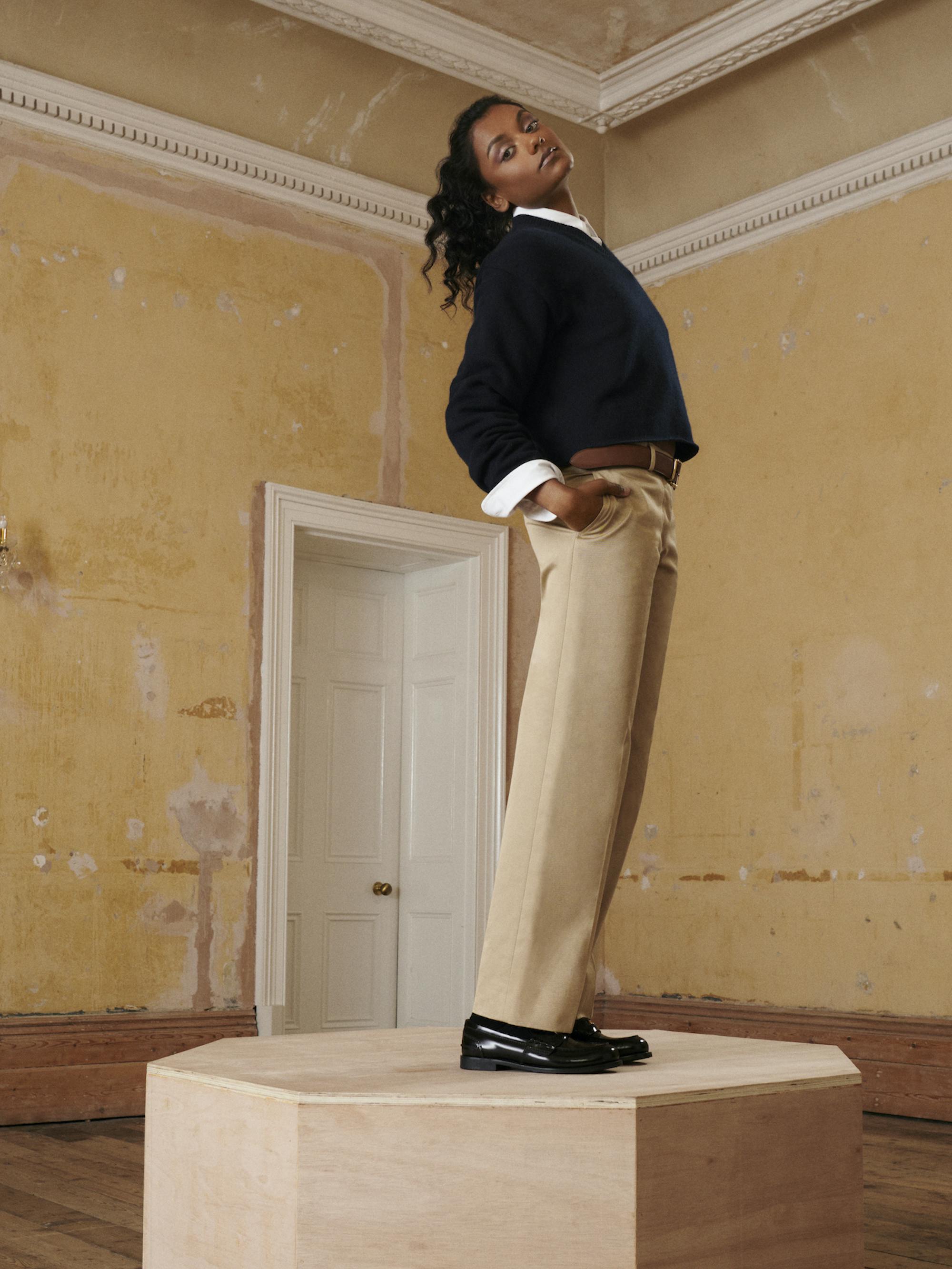
Simone Ashley
Simran Hans: Did you grow up watching period dramas?
Simone Ashley: I didn’t really grow up watching period dramas. I only really started sinking my teeth into them once I got Bridgerton.
Charithra Chandran: I grew up watching them with my mum. We watch Colin Firth’s Pride and Prejudice maybe once every three months? If we have a lazy Sunday or whatever, we’ll just put that on and binge watch it.
The first season of Bridgerton was one of Netflix’s biggest shows. How aware were you of the show as a phenomenon when you were cast?
CC: I auditioned for the show before Season 1 even came out, in 2020. My agent attached the trailer of the show, and he was like, “Listen, I think this is going to be mega.” I love period dramas; I would have been watching it anyway!
SA: I was actually filming Season 3 of Sex Education when it came out. We were all in Wales, and everyone was talking about it. Shortly after it aired, I think it was the end of January 2021, I got a message saying, “They’re really interested in you for this role.” That week, I sent in two audition tapes, I had some Zoom meetings, and then the following week I had a chemistry test with Jonathan.
Simone, what drew you to the role of Kate?
SA: There was something about her character that just came from such a good heart, no matter how prickly or fierce or controversial she might be amongst the ton. I think Kate’s actually incredibly soft. Her whole life, she’s never really had a chance to understand what it is she wants, and to go after love herself. She’s always had to put other people first. Her harder side comes out where she’s protecting her sister. It’s an act of survival.
How similar are you to your characters?
SA: I empathized with Kate a lot. I was really rooting for her. She can get in the way of herself sometimes.
CC: Edwina and I are quite different. I think it takes a lot of bravery to see the best in people, and to meet people with an open heart and an open mind. I guess I can be a bit guarded. Edwina is so willing to let people in, and some people may brush that off as naïvete, childishness, whatever, but I really see it as brave. [That wariness], it’s my default. I’m really trying to take on some of her more positive qualities.
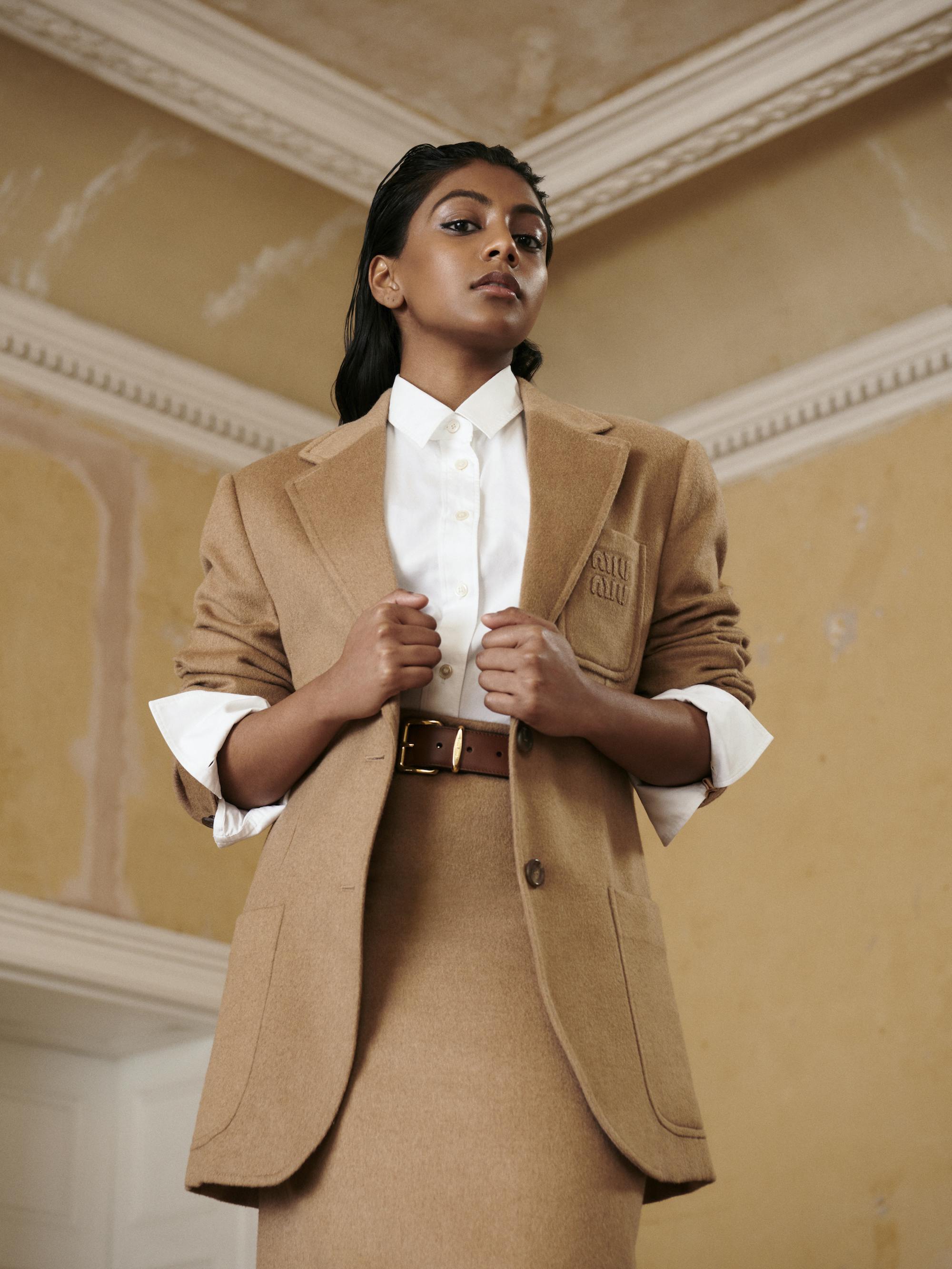
Charithra Chandran
Can you talk about the journey each of your characters goes on?
SA: It was such a joy to play a woman making mistakes, being dishonest with herself, and unfortunately, maybe being dishonest to the people around her, but learning that it’s okay to love and to put herself first, and to let go of this sense of responsibility she’s felt for her whole life.
CC: The beginning version is someone who is so demure and sweet-natured and willing to be passive, willing to be told what to do because that’s all she’s known all her life. But even at the beginning, you see this fire within her, of wanting to be more, do more.
This season centers a relationship between two sisters — it’s as important as the romantic arc. Do you have siblings in real life?
SA: I don’t have any sisters. And I’m also the youngest in my family! I have an older brother; he’s a couple of years older than me.
CC: Even though I don’t have siblings of my own, I’m super-duper close with my cousins. And my family is very much a matriarchy, we have a lot of really dominant, confident women. These relationships, they’re the most precious ones to me. So, while I don’t have a sister, that kind of female relationship is a very familiar, sacred one.
What aspects of the patriarchal culture that Edwina and Kate experience do you think will resonate with modern viewers?
CC: It’s one of the reasons I accepted the part. Truthfully, in India, and all over the world, a lot of women still face Edwina’s situation, where they’ve been born and bred to be the perfect daughter, the perfect mother, sister, wife. And what I really wanted people to connect with is that there’s power in doing what’s best for you. There’s nothing wrong with that. If you can’t put yourself first, you can never serve those around you to the best of your ability. As an Indian woman, being so close to my family, there are times where I feel guilty putting myself first because our whole lives are about duty and obligation. I gladly take that on because I love my family. But, at times, it can also be a bit stifling.
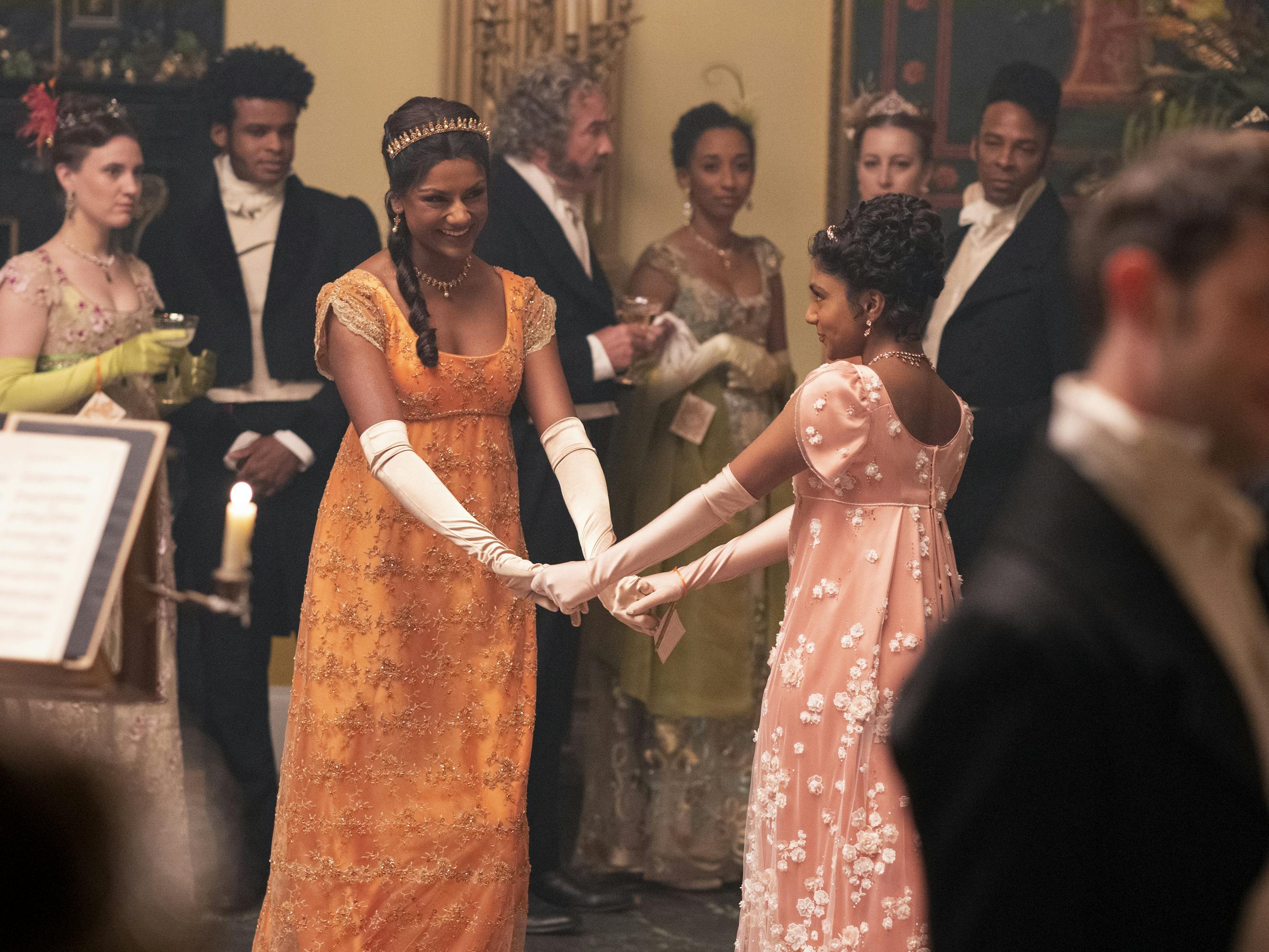
Simone Ashley and Charithra Chandran
What do you think about the way the show integrates Indian culture into its plot? Kate and Edwina call each other ‘Didi’ and ‘Bon’, and we see Kate oiling Edwina’s hair.
SA: I think it’s a moment that a lot of women from many different cultures can relate to. That really intimate bonding moment of a sister applying oil to her sister’s hair. I’ve never seen anything like it [onscreen] to be honest. That scene is Kate consoling Edwina, and, you know, her heart really breaks for her, because it’s horrible for her to see her younger sister feel this way.
CC: Particularly when you see Kate oiling Edwina’s hair, that’s a moment of comfort. And while they’re trying to fit into this world, they lean into things that they’ve grown up with.
Why is it important to have those moments of cultural specificity?
CC: There was an Indian writer in the writers room [Geetika Lizardi]. You don’t really see us in Indian clothing or whatever. We aim for nods to the culture. The Sharmas are immigrants. They’re not only brown, but more importantly, they’re Indian. They’re not of that country. They’re not of that culture. They’re different. It’s wanting to be true to that.
SA: What Bridgerton has done is create a world where more and more people can see themselves.
CC: Representing their culture but having them still be in this cohesive world is a really difficult balance. I think the power of Bridgerton is that nothing is too on the nose. There is so much power in just seeing these faces and these bodies in certain spaces, and have it not be anything extraordinary.
